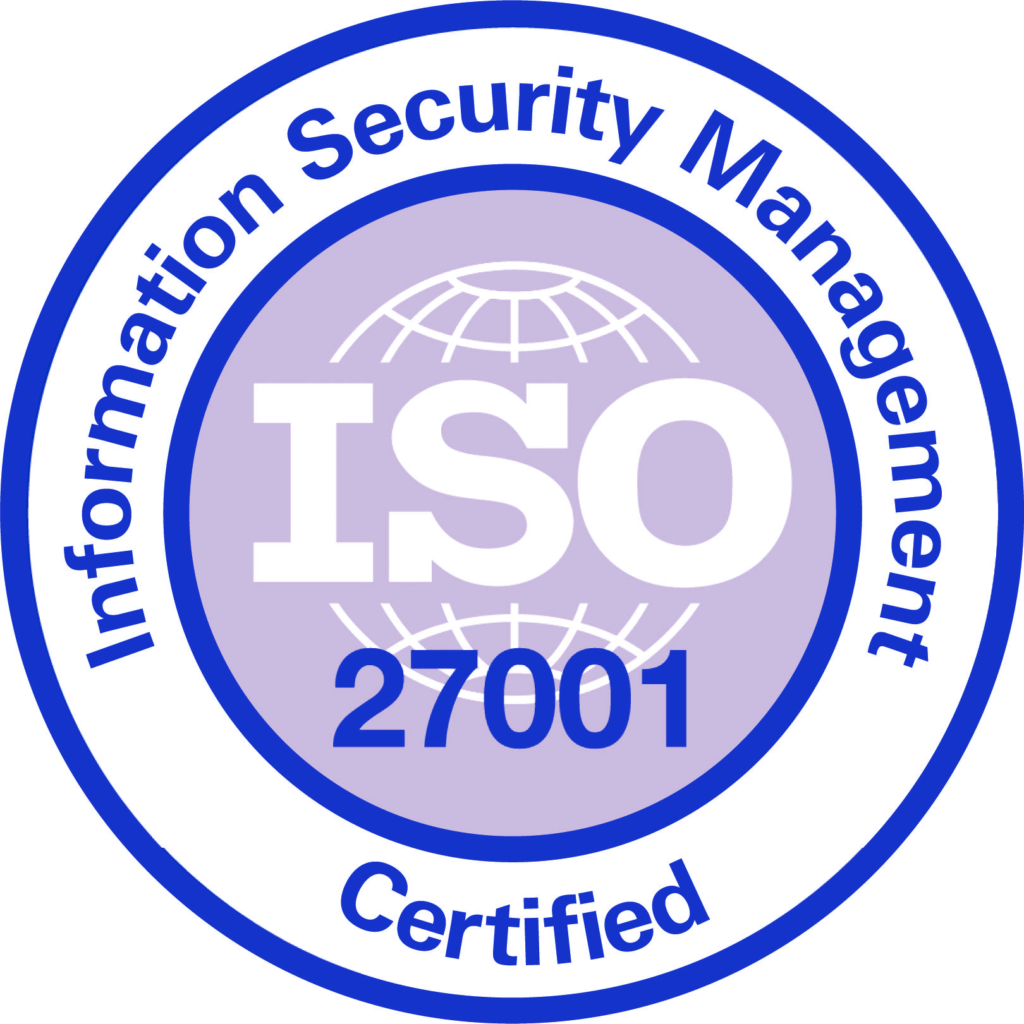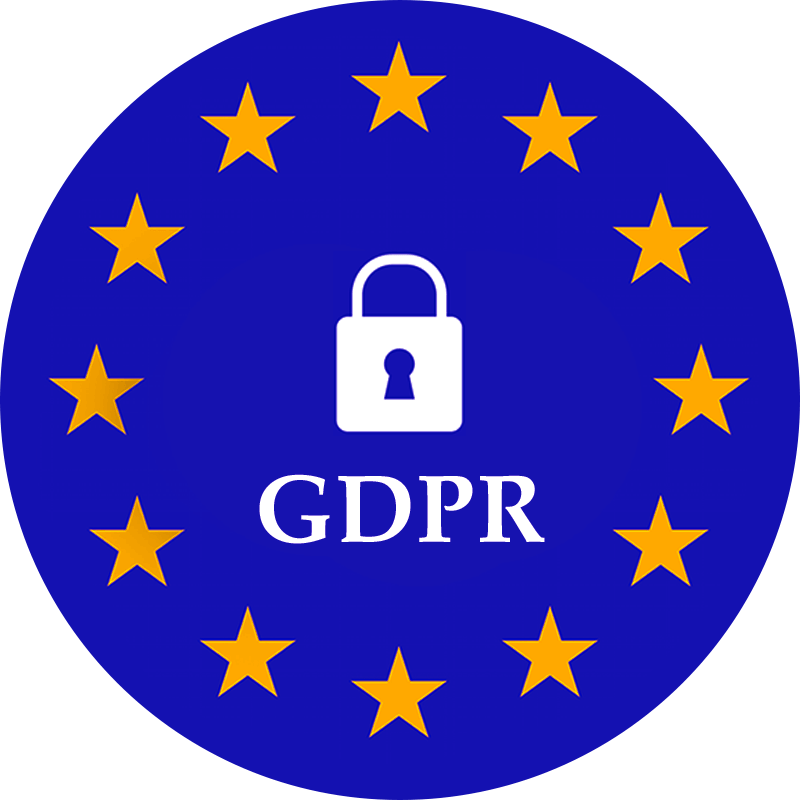
In the digital age, the clean desk policy often gets overlooked as people forget to clean their physical workspaces. However, the state of one’s physical workspace can greatly impact productivity, efficiency, and even information security. The clean desk principle keeps workspaces tidy, organised, and safe. And that is important for a strategic approach to work. Let’s explore this policy, its benefits, how to implement it, challenges, and how it positively affects workplaces.
Understanding the Clean Desk Policy
The clean desk policy encourages employees to keep their workspaces free from clutter and unnecessary items when not in use. The policy aims to provide a range of benefits that extend beyond mere tidiness.
In addition to reducing clutter, the clean desk principle serves as a cornerstone for building disciplined work habits. By incorporating this policy into daily routines, organisations foster a culture of accountability and respect for shared spaces. This policy isn’t limited to physical workspaces but also includes adopting habits that reflect organisation and attention to detail across all work settings.
Clean Desk Policy Benefits
Enhanced Focus and Productivity
A clean and organised workspace minimises distractions. Employees can quickly access essential materials. This leads to increased focus on tasks and improved productivity. And save time when they don’t have to sift through stacks of papers to find what they need.
Research shows that clutter can lead to cognitive overload. Which makes it harder for employees to concentrate on tasks. A clean workspace promotes a mental state of clarity. And that helps employees prioritise and manage their workload more effectively. Moreover, structured environments often lead to fewer interruptions. Organised spaces signal higher professionalism and productivity to peers.
Information Security
Sensitive documents and confidential information left on desks can become targets for unauthorised access. A structured policy keeps sensitive information safe by storing or disposing of it correctly, lowering the chance of data leaks. Properly securing information is a crucial aspect of sensitive data protection.
Implementing a clean desk policy also ensures compliance with data protection regulations, such as GDPR or HIPAA, which mandate secure handling of sensitive information. Organisations that maintain tidy workspaces reduce their exposure to penalties associated with data breaches. Beyond compliance, a secure workspace reassures clients and stakeholders that their information is handled responsibly.
Professionalism and Image
A well-maintained workspace reflects professionalism and attention to detail. When clients, partners, and visitors encounter a tidy environment, it enhances the organization’s image and reputation. It communicates a sense of order and reliability.
Improved Time Management
Time spent searching for misplaced important documents or items can add up. By adhering to the clean desk principle, employees can manage their time more efficiently, optimising work processes. This translates to increased productivity and a better work-life balance.
Health and Well-being
A clutter-free workspace promotes a sense of calm and reduces stress. This is one of the possibilities how to create employee well-being-oriented workplace, increase job satisfaction and overall morale. This policy can create a more pleasant and less stressful work environment.
A clutter-free environment also has physiological benefits. Studies link tidy spaces to reduced cortisol levels, lowering stress and improving overall mental health. Additionally, in shared office environments, maintaining cleanliness can reduce the spread of germs and illnesses, further contributing to employee well-being.
Clean Desk Policy for Shared Desk Office
Maintaining cleanliness in a shared desk environment is crucial for efficiency and a positive work culture. It boosts productivity by reducing clutter and distractions, emphasises responsibility and respect among employees, and enhances data security. And to achieve that it’s crucial to implement clean desk policy. For instance, with a desk booking system, employees can clean and mark their desks as clean before leaving.
To enhance the effectiveness of a shared desk office, consider integrating technology-driven solutions like RFID-enabled storage lockers or automated cleaning reminders for users. These tools help create a streamlined system for shared desk upkeep while fostering employee accountability.
Implementing the Clean Desk Policy
Clean Desk Policy Introduction and Explanation
- Communicate the policy to all employees.
- Explain the rationale behind the policy, emphasising its relevance to security, productivity, and professionalism.
- Make sure everyone understands the “why” behind the policy.
Supportive Resources
Provide employees with the necessary tools to maintain a clean workspace. This includes storage solutions such as drawers, filing cabinets, shelves, lockable storage and digital tools for document management. The right tools can make it easier for employees to comply with the policy.
Consider investing in ergonomic desk setups that encourage better posture and organisation. Items such as adjustable monitor stands, cable management solutions, and modular desk organisers can contribute to a workspace that is not only clean but also optimised for efficiency and comfort.
Training and Education
Conduct workshops or training sessions to educate employees about the policy’s specifics. Discuss the importance of a tidy desk, keeping information secure, and how it can affect their work performance. Education ensures that everyone is on the same page.
Clean Desk Policy Guidelines
While the clean desk policy promotes a clutter-free environment, allow your employees a degree of personalisation. Clear guidelines help balance a clean desk and an environment that feels comfortable and inspiring. Recognise that one size does not fit all regarding workspace preferences.
Organisations can conduct surveys to gather input on workspace preferences to enhance employee buy-in further. This collaborative approach ensures that the policy feels inclusive and tailored to the team’s needs, making it easier for employees to embrace.
Management’s Role
Leadership should actively endorse and adhere to the policy, setting an example for the rest of the team. This sends a powerful message about the policy’s significance. When leaders lead by example, it encourage employees to follow suit.
Challenges and Considerations
Individual Workstyles
Recognise that different employees have varied work styles. Some prefer a minimalistic workspace, while others find inspiration in a more personalised setup. Find ways to accommodate these preferences while adhering to the policy’s core principles. It’s about striking a balance.
Sensitive Information Handling
Implement protocols for securing and disposing of confidential documents. Shredders, secure digital storage, and guidelines for proper disposal are crucial components of the policy. Protecting sensitive information is non-negotiable.
Regular audits of workspace security practises can ensure that the clean desk policy is being adhered to effectively. Organisations can avoid potential risks by incorporating periodic checks, providing ongoing training, and adapting to evolving security challenges.
Digital Clutter
Extend this policy to digital spaces. Encourage employees to organise their digital files, folders, and email inboxes for enhanced efficiency and security. Digital clutter can be just as detrimental as physical clutter, so it’s important to address both.
Leverage technology such as cloud-based file management systems to minimise digital clutter. Encourage employees to establish file-naming conventions and adopt a “one-touch” rule for emails—reading, responding, and filing them in a single interaction. Digital cleanliness not only enhances productivity but also aligns with cybersecurity best practises by ensuring sensitive files are stored securely.
The clean desk policy transcends the boundaries of mere organisation. It’s a strategic initiative influencing productivity, professionalism, and security in the modern office. By keeping things neat, organisations can benefit from better focus, increased security, and improved efficiency. Successful policy implementation requires clear communication, supportive resources, ongoing education, and a balanced approach that respects individual workstyles.
As businesses change, keeping a neat desk helps create a productive workspace and achieve success in a competitive environment. It’s not just about a clean desk; it’s about creating an environment where employees can thrive.
Learn how to create an employee well-being oriented workplace:


